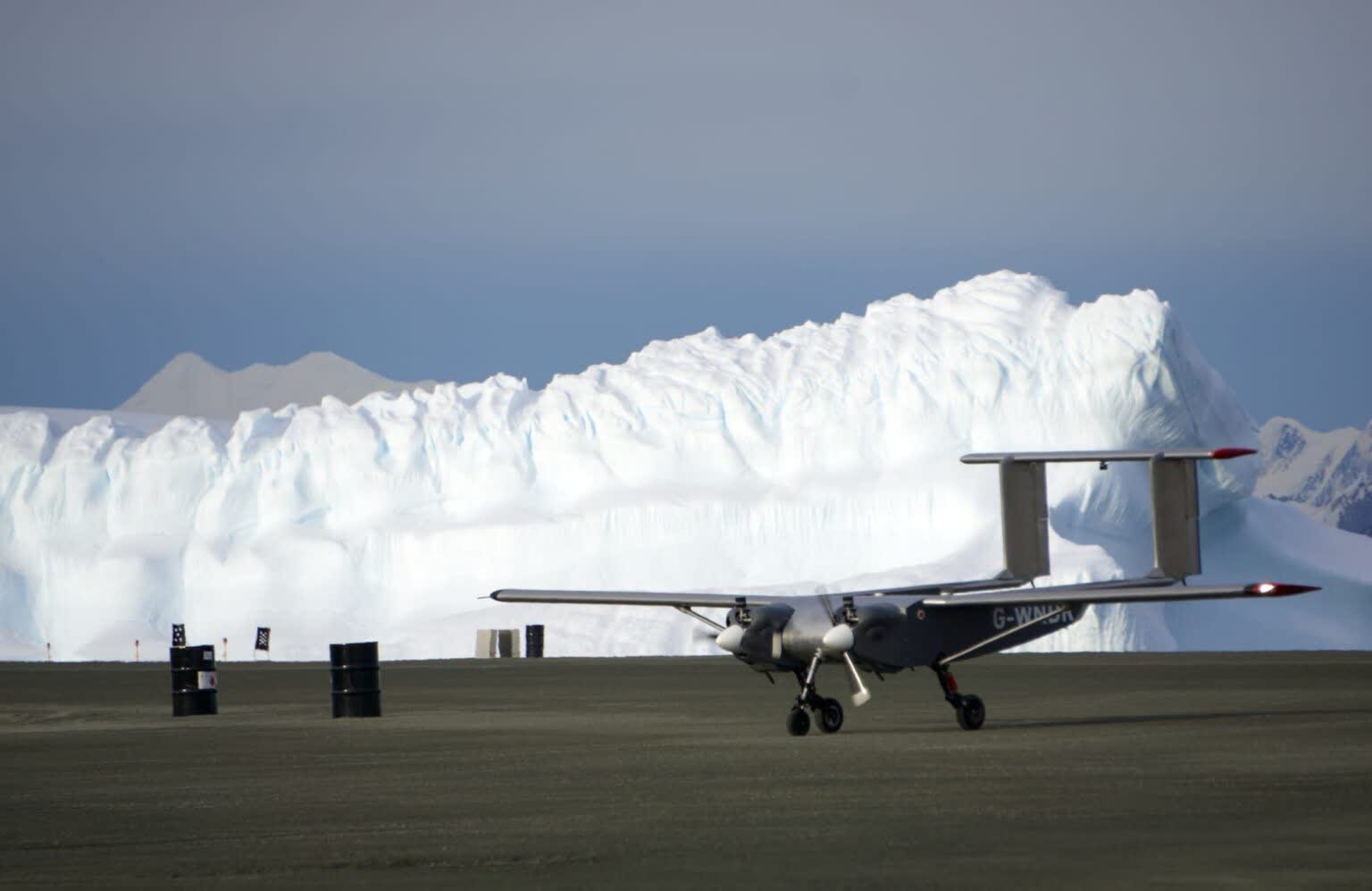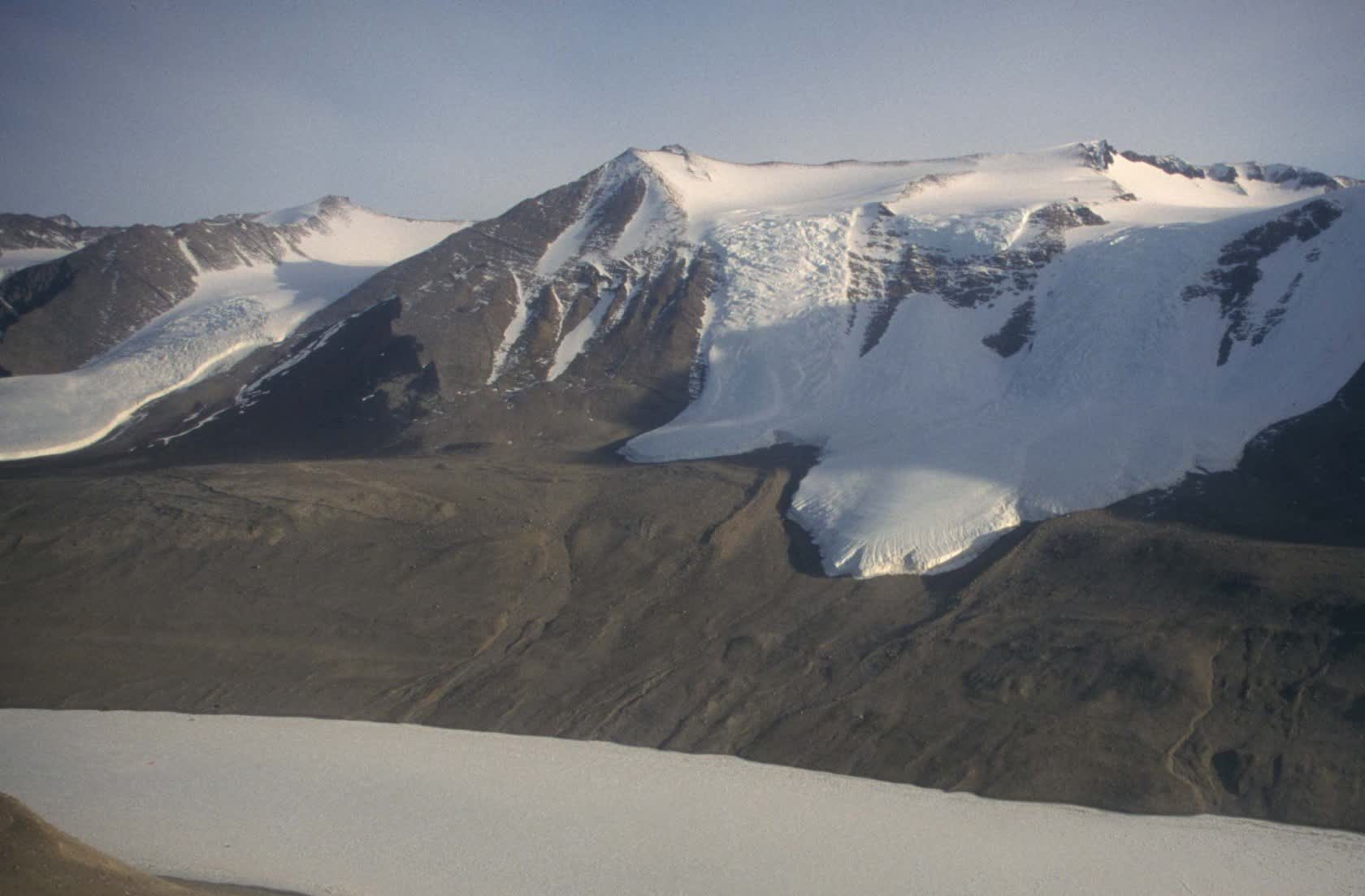Bottom line: Better information allows for better predictions – this new drone will help scientists fill in the blanks on our maps of Antarctica, improving our estimates of how the continent will respond to changing climates.
A new, autonomous drone has arrived at Rothera Research Station in Antarctica as part of the British Antarctic Survey (BAS), ready to begin experiments to bolster our understanding of the frozen continent. The 'Windracers ULTRA UAV' will take to the skies and use an array of cameras and sensors to map and record areas that have been previously off-limits to researchers.
Traditional crewed flights have faced problems in the areas that ULTRA is designed to visit. Extreme weather and exceptionally low temperatures, coupled with the need for larger aircraft and sizeable fuel requirements, means that manned flight has been risky and costly.
The new drone is designed with these issues in mind. It has been tested around the highest peaks in northern Wales to simulate the harsh environs, and it incorporates a high level of redundancy in its design, meaning it can continue to fly even if an engine fails, and is more easily repaired than traditional crafts.
ULTRA is described by the BAS as "a fully autonomous, twin-engine, 10-metre fixed-winged aircraft, capable of carrying 100kg of cargo or sensors up to 1000km."

According to the British Antarctic Survey, during the first phase of testing, the Windracers ULTRA will investigate tectonics with magnetic and gravity sensors, use cameras to assess marine food chains in environmentally sensitive areas, and measure glaciological structures using airborne radar. If successful, the drone will go on to be used for further studies on polar climate science and ecology, glaciology and the study of ocean ecosystems.
The data from these surveys will help to inform scientific predictions of how the icy continent will respond to changes in the Earth's climate. Instrumental data shows that the Antarctic Peninsula has seen a 5°F (3°C) rise in mean annual temperatures in the last 50 years – though this contrasts with a relatively unchanged temperature inland.
How these changes impact Antarctica will depend heavily on the geography and composition of the continent, much of which we cannot see directly due to ice and snow coverage. But, for example, one area would react very differently to temperature changes if it was adjacent to water, as opposed to rock. ULTRA will look to confirm the geology and topography of Antarctica to help scientists model future melting.
Speaking to the BBC, Dr Tom Jordan, a geophysicist from BAS, said, "this survey work is really exciting," because it will fill in current blank spots in our maps of Antarctica. The arduous and methodical nature of the work is particularly suited to autonomous drones. Dr Jordan explained, "it builds up this picture - going line by line. This is another thing that drones are great for: doing things that are really boring."
